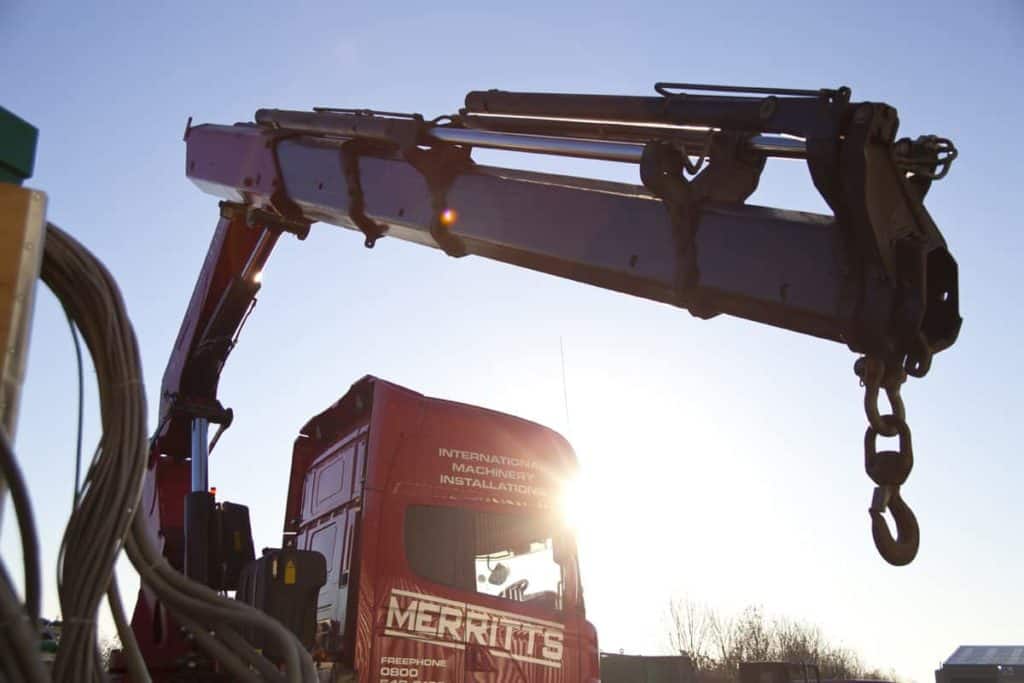Call FREE: 0800 046 9840
Email us: enquiries@merritts.uk.com


Last week our engineering sales team was contacted by the operations manager of an automotive production facility in Cheshire. They had recently carried out a review of one of their production lines and were considering a machinery removal project. The following is an example of the process we follow when responding to enquiries to remove machines.

As with every heavy machinery moving enquiry, our first goal is always to identify the project aims and objectives. We will arrange a site visit in order to further understand the details of the project and to also carry out a site specific risk assessment.
Following the consultation, we cost and plan your project. We’ll liaise with the site personnel to discuss machinery removal timescales, floor requirements, access issues, traffic movements and any other specific arrangements which may include out of hours working or the provision of industrial storage services.
Once these aspects have been agreed, we then prepare all health and safety documentation for the project, including method statement, risk assessments and lifting plans.
When carrying out a machine removal project at manufacturing facilities, one of our main intentions is to cause as little disruption as possible to other production lines. In this particular scenario we worked later in the evenings and over weekends to avoid peak production periods.
Each machinery removal project we carry out has a dedicated project manager who is supported by a fully trained engineering team. Depending on the complexity of the project, this team can comprise of SSSTS trained foremen, riggers, HGV Class 1 drivers, crane operators and electrical & mechanical engineering specialists. We also employ fully certified slinger signallers, banksmen and appointed persons to provide competent supervision when carrying out the moving and lifting of heavy machinery and equipment.
The CNC machine tools being removed on this machine removal project were being exported to a production facility in Germany. The machines were mechanically and electrically disconnected, and we utilised our Versa-Lift forklift trucks and machinery moving skates to remove the items from the production area. They were loaded onto Merritts flatbed trailers, where they were secured for transport.
The machines were then transported to our storage facility where they were professionally packaged, ready for export to their new location. Once we received further instructions regarding their onward destination, we arranged the export documentation and transported the machines to the docks where they were offloaded, ready for shipping.
Following completion of the project, Merritts liaised with the customer to ensure all aspects of the works were completed satisfactorily, and obtained project sign off.
We are very proud of the fact the Merritts machinery removal and installation service is a comprehensive package comprising of expert advice, industry specific knowledge and compliant with all necessary health and safety regulations.
Our policy of continuous investment in new vehicles, lifting equipment and tackle means that we have an extensive range of modern vehicles; most of which have been custom built to our own specification to fulfil the requirements of the industrial machinery transport industry.
All moving equipment undergoes regular maintenance, inspection and testing procedures which ensure we can continually deliver peace of mind and a professional and efficient heavy machinery removal service to our customers.
If we can help on your next machine removal project or you would like to learn more about our factory relocation service please get in touch.



